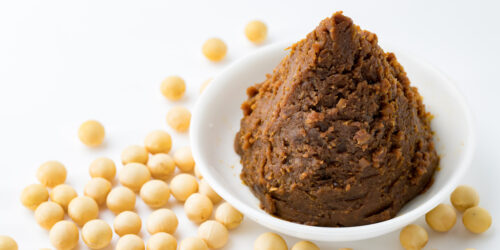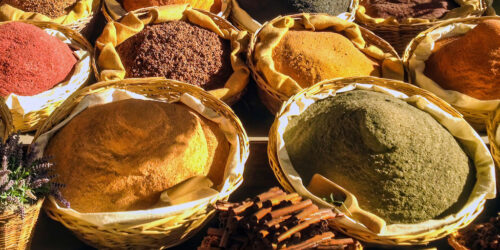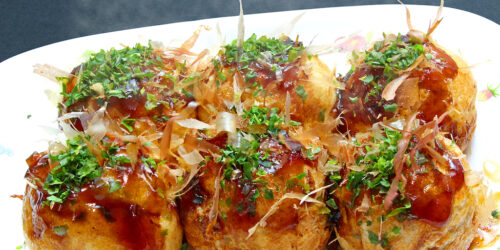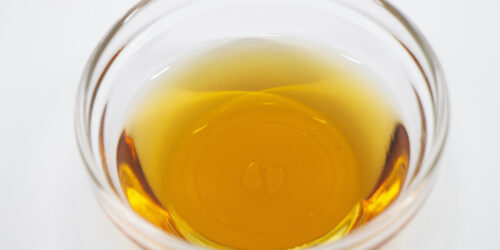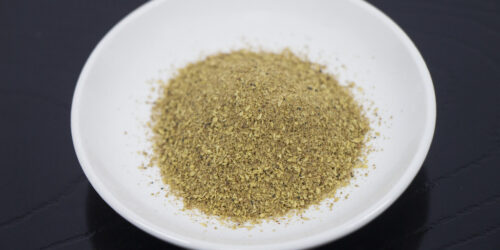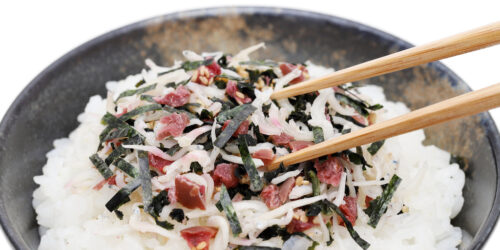5 Types of Tofu and Their Uses
As you may know, tofu is made by adding coagulant to soy milk.
Soy Milk*
└ Tofu
└ Okara (Soy Milk Pulp)
└ Yuba (Tofu Skin)
*Please check here to see details of those made from soy milk.
Japanese tofu is generally divided into firm tofu and silken tofu. They are exactly regular tofu that are used as an ingredient in miso soup, stir-fried dish, salad, and etc.
What’s the Difference Between Firm Tofu and Silken Tofu?
Besides those regular tofu, Japanese people often use various types of processed tofu products. I would like to introduce 5 excellent processed tofu products and how they are used in Japan!
The followings are 5 types of processed tofu products.
1. Broiled Tofu (焼き豆腐 Yaki-dofu)
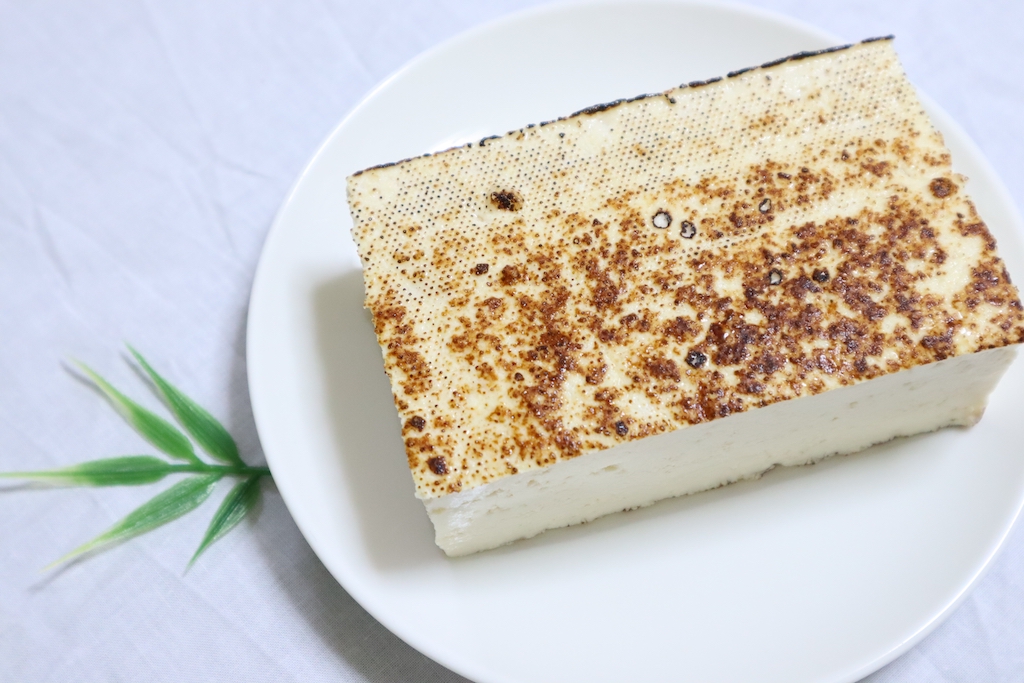
Yaki-dofu is made by lightly grilling both sides of the drained tofu over an open flame, so it has a browned surface. It is less likely to crumble than regular tofu because it’s made by firm tofu, and drained well before grilling.
The taste of yaki-dofu is almost the same as regular tofu since the only difference is that it’s grilled.
Yaki-dofu is often used as an ingredient in sukiyaki (Japanese beef hot pot). Also, you can use it when making simmered dish, stir-fried dish, and so on.
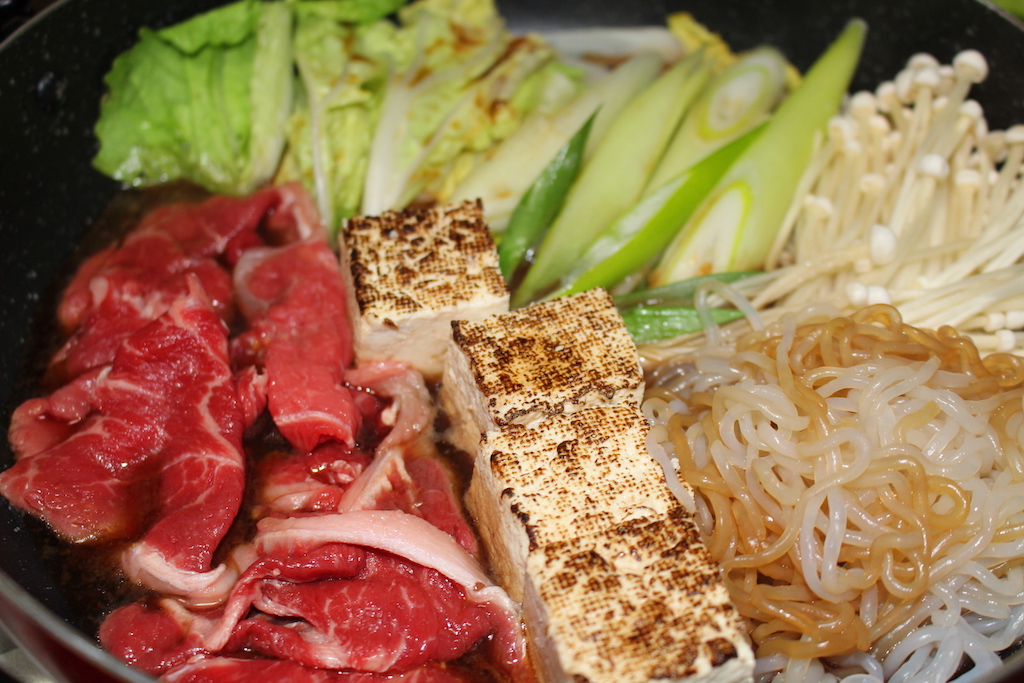
2. Thin Deep-fried Tofu (油揚げ Abura-age)
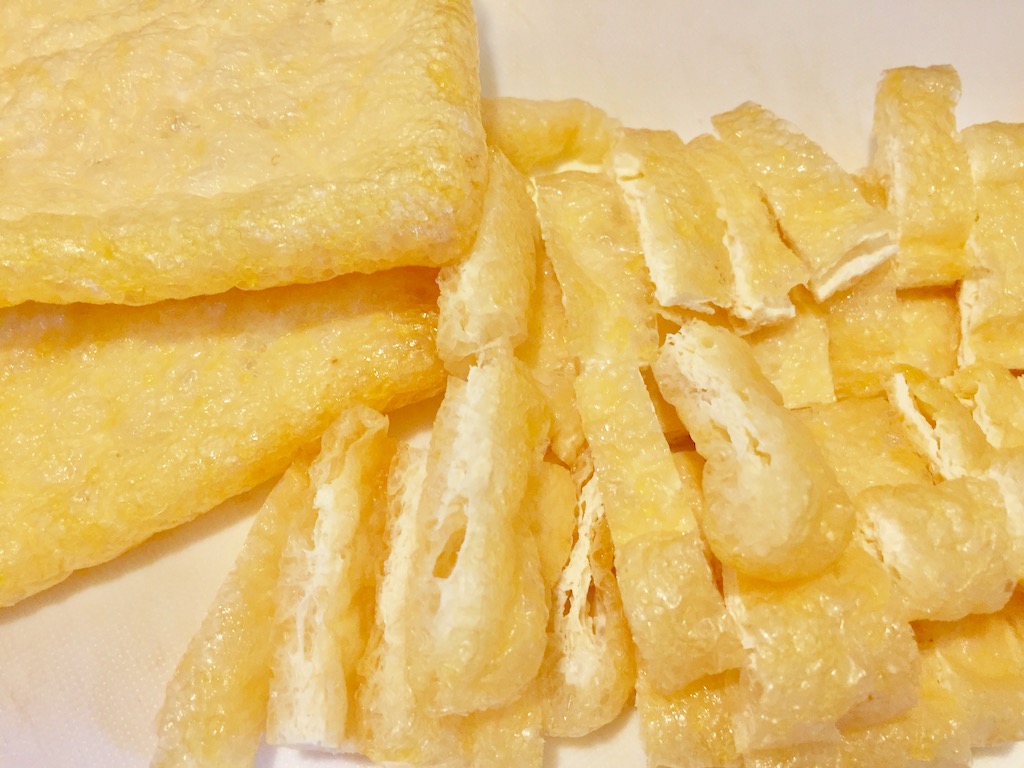
Abura-age is made by deep-frying thin tofu. Unlike atsu-age, it’s fried to the inside since thinly sliced tofu is used. It’s manufactured by frying tofu in oil at an appropriate temperature after making tofu by a method different from the usual tofu manufacturing method.
Check here to see details of the manufacturing method.
Generally it refers to the thin deep-fried tofu, however, the recognition differs depending on the region. Though in rare cases, it refers to the one that is almost thick deep-fried tofu in some areas.
The followings are some examples of the way of using abura-age in Japan. It’s used in a wide range of dishes.
1. Ingredients in miso soup, simmered dish, and Japanese mixed rice.
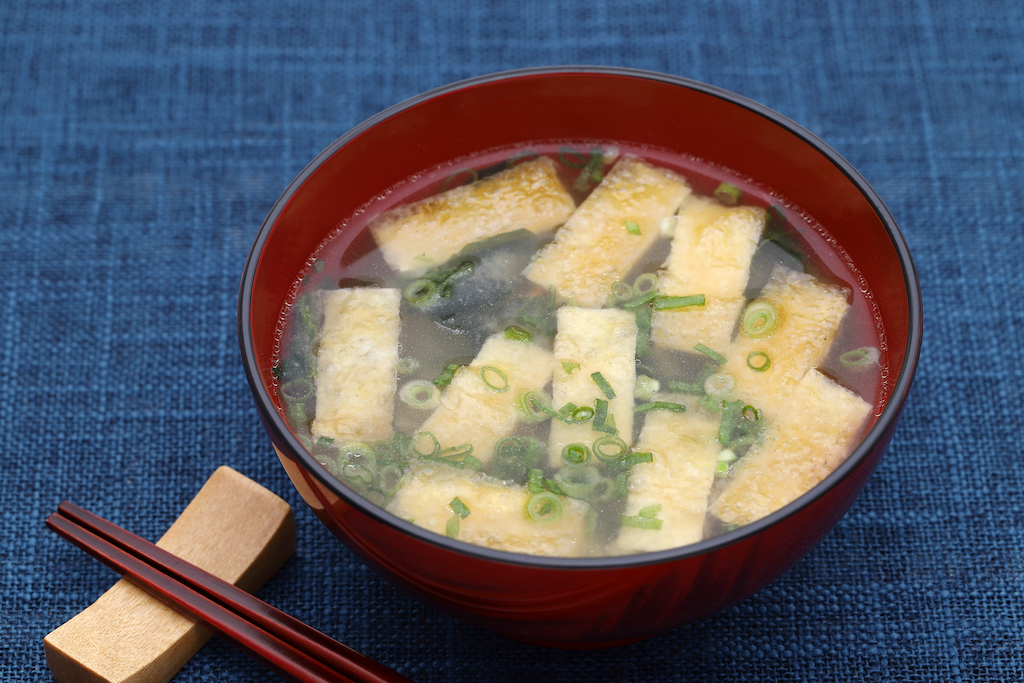
2. The main material for inari-sushi (sushi wrapped in thin deep-fried tofu). For inari-sushi, agura-age is boiled down with sweet-salty sauce. This can be also the main topping for udon noodles which is called kitsune udon.
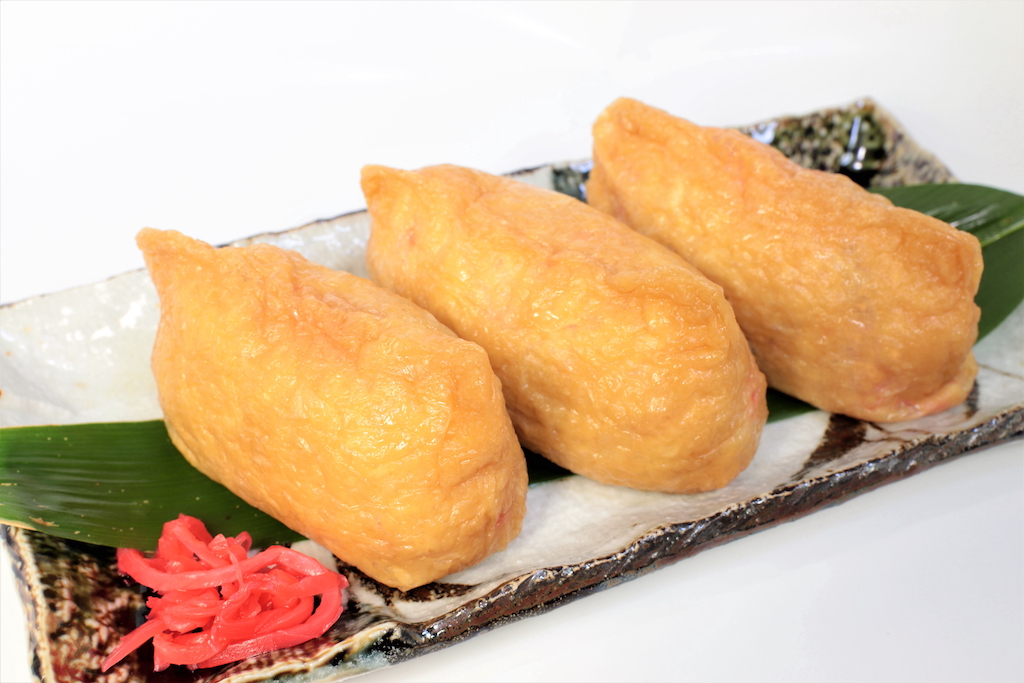
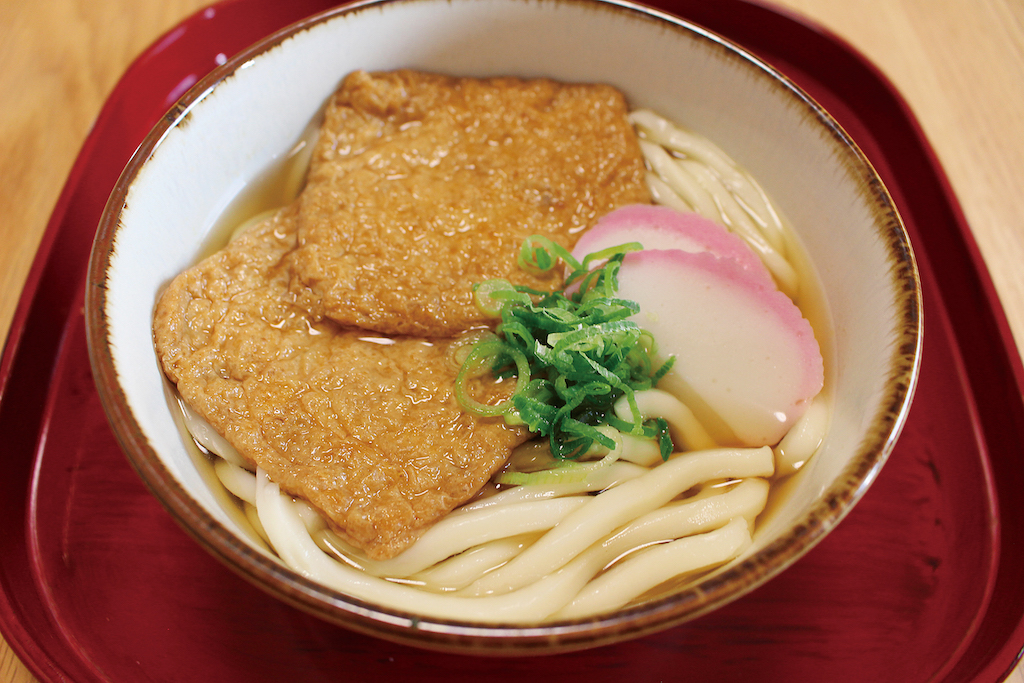
3. Mochi-iri kinchaku is a pouch of deep-fried tofu filled with sticky rice cake. This is one of the popular ingredient in oden (a stew of fish cakes and vegetables).
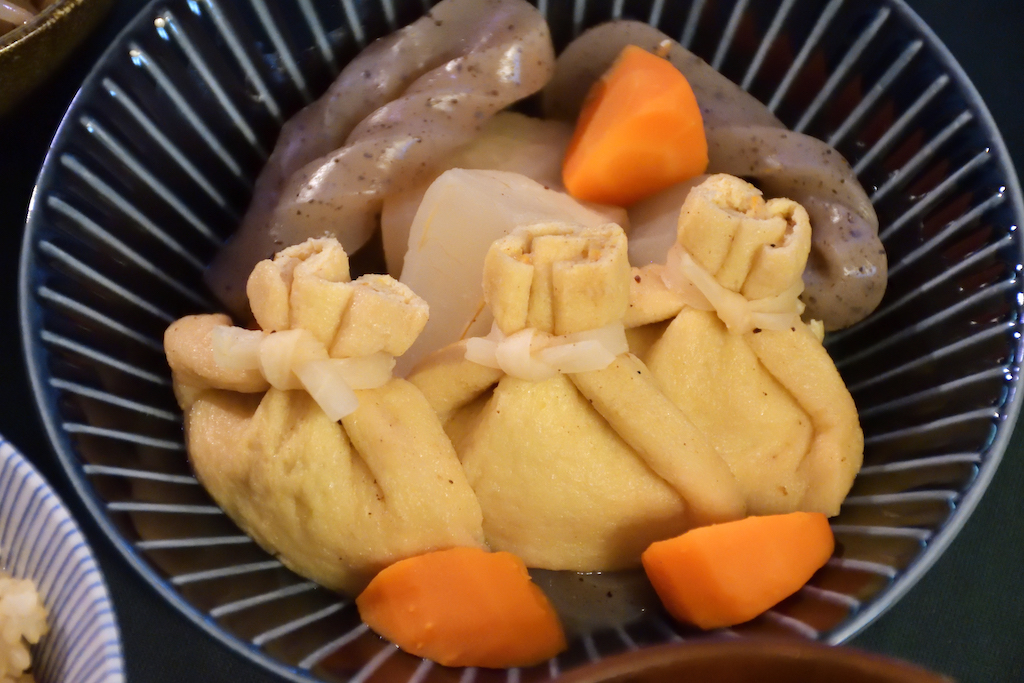
4. It can be great finger food (appetizer) too if you bake abura-age as it is, and put some toppings such as dried bonito shavings, green onion, or cheese.
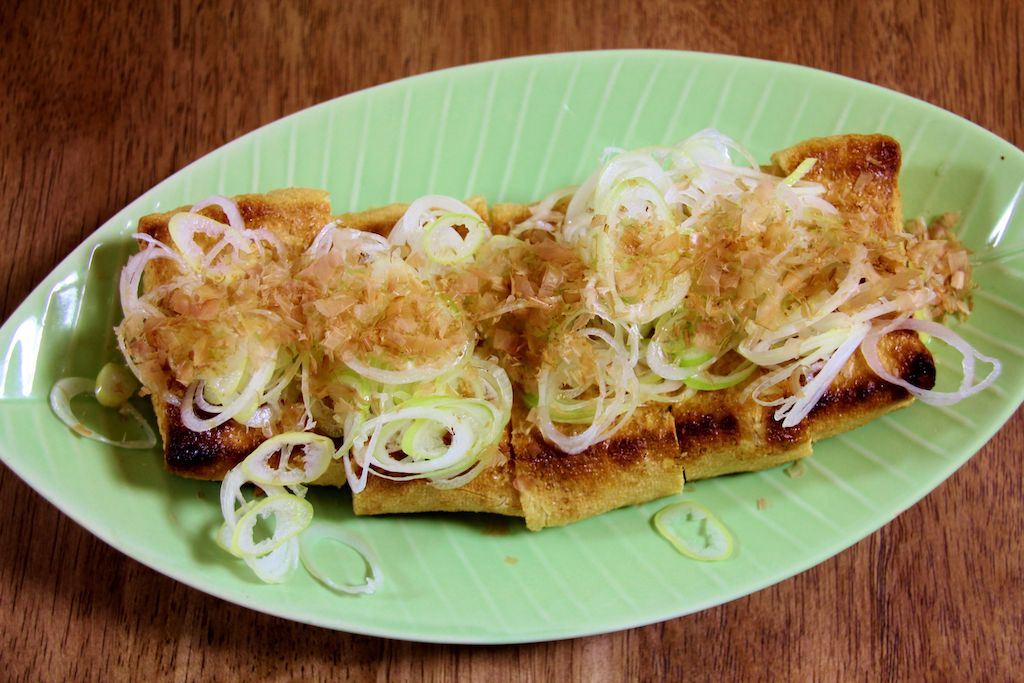
3. Thick Deep-fried Tofu (厚揚げ Atsu-age)
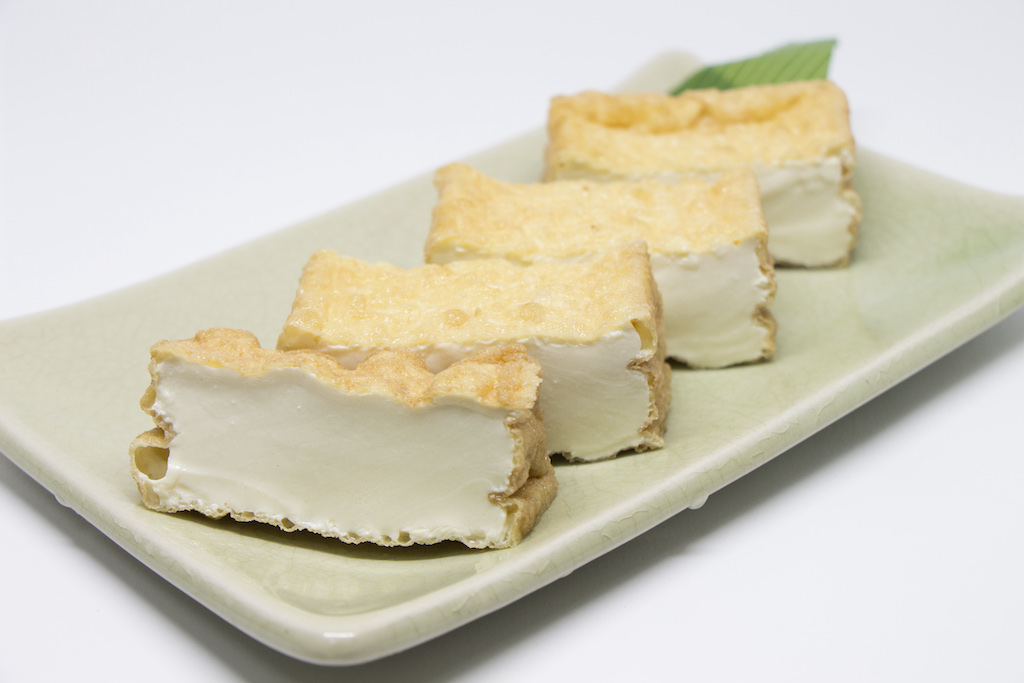
Atsu-age is made by deep-frying thickly cut tofu. Unlike abura-age, it’s not fried enough to keep the inside raw tofu. Another name for this is “Nama-age”.
Since only the surface of the tofu is deep-fried, the savory flavor is added while retaining the texture of tofu. For that reason, the taste is well absorbed when it is boiled.
Generally, atsu-age is made of firm tofu (momen-tofu), but there is the one made of silken tofu (kinugoshi-tofu) in some cases.
Some of the ways of using atsu-age are similar to abura-age. You can put it in miso soup, oden, and simmered dishes.
As with abura-age, it will be crispy and delicious appetizer by grilling the surface of it, and put some toppings.
What Is Atsu-age (Thick Fried Tofu) and How Is It Used?
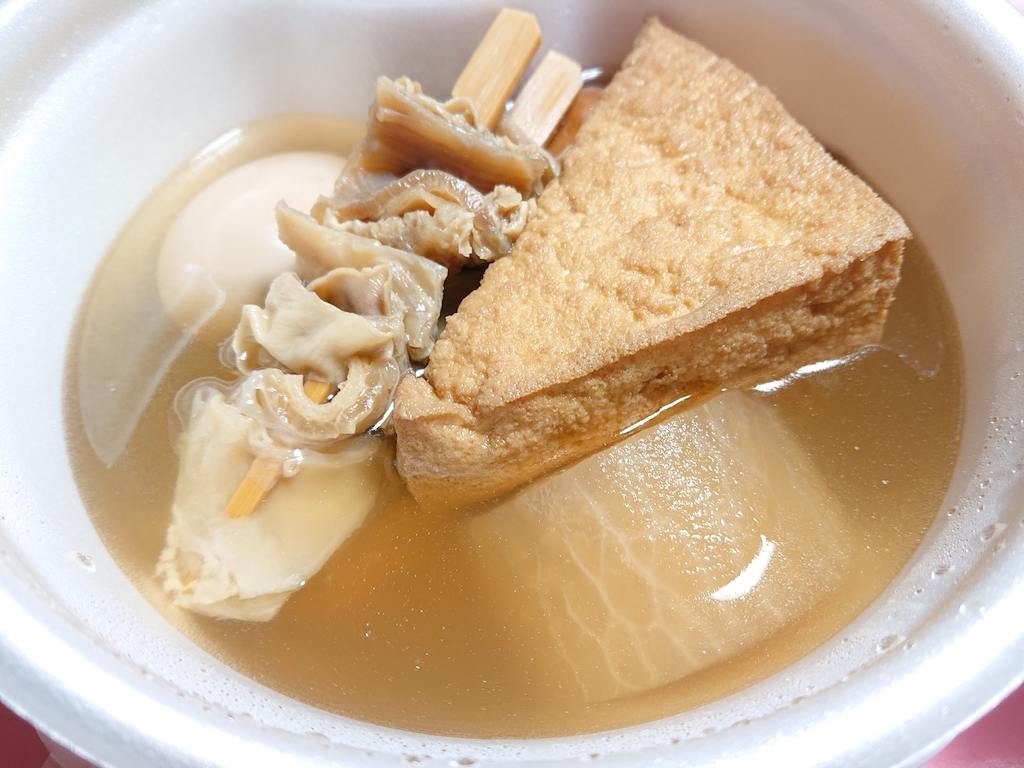
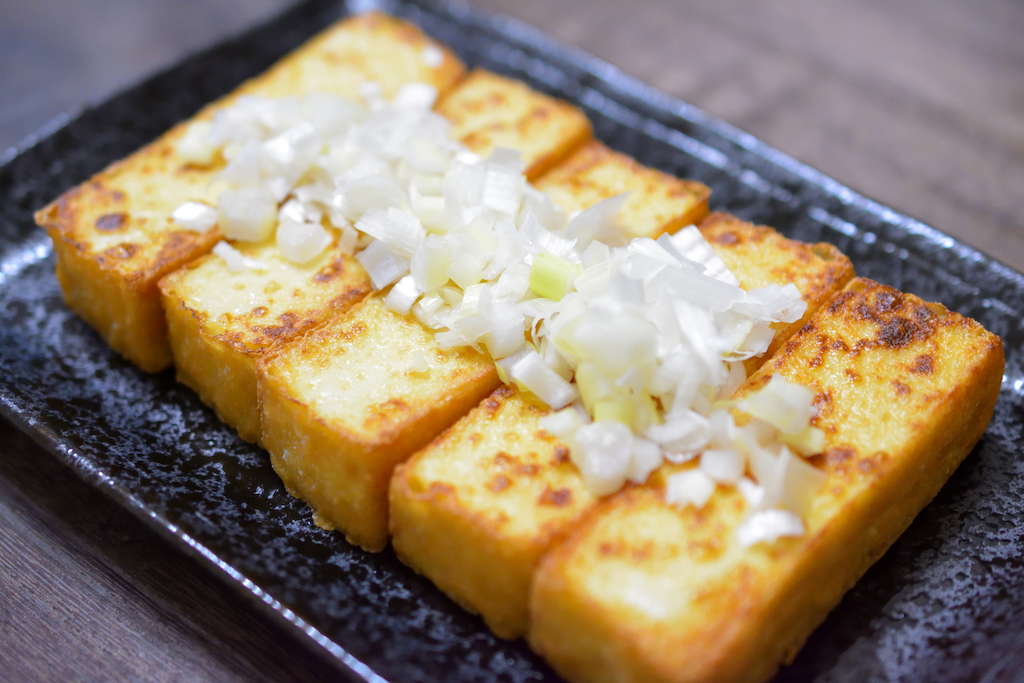
4. Deep-fried Tofu Mixed with Thinly Sliced Vegetables (がんもどき Ganmodoki)
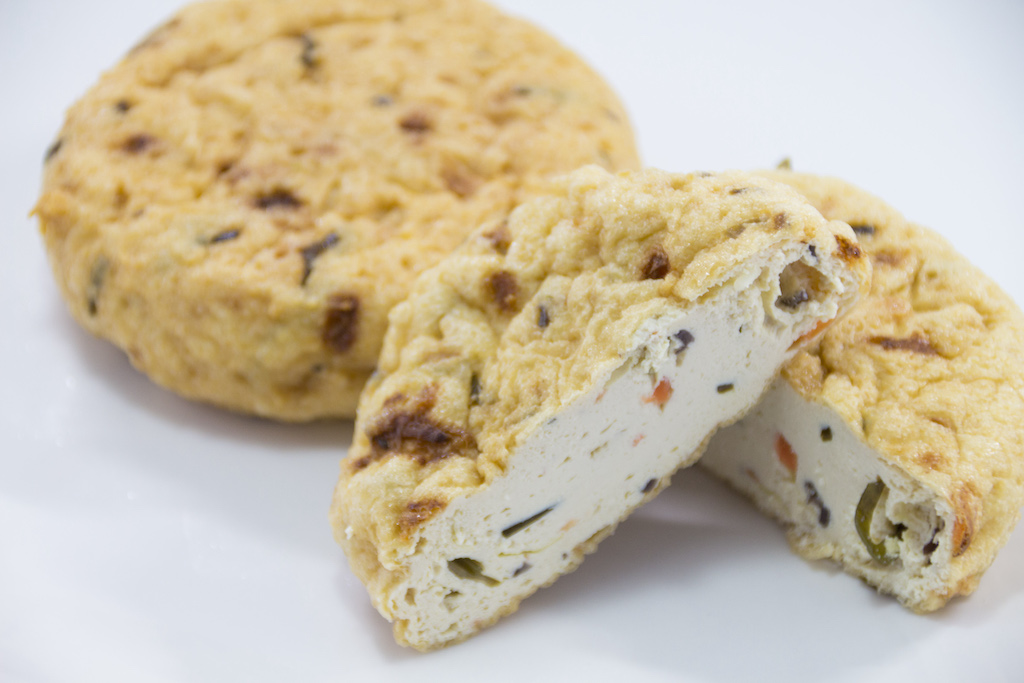
Ganmodoki is made by deep-frying round molded tofu made of drained tofu, grated yam paste, carrot, shiitake mushrooms, kombu, etc.
It was originally used as a substitute for meat in Buddhist vegetarian meal.
Generally, it’s often used as an ingredient in simmered dishes including oden. Since it has soft texture, it can absorbs broth very well and become really delicious.
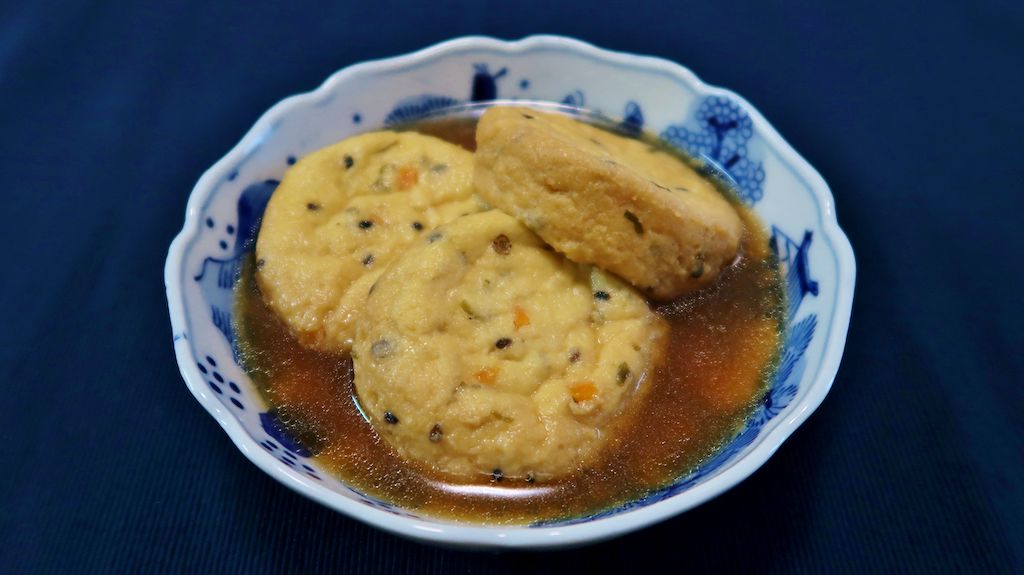
5. Freeze-Dried Tofu (高野豆腐 Koya-dofu)
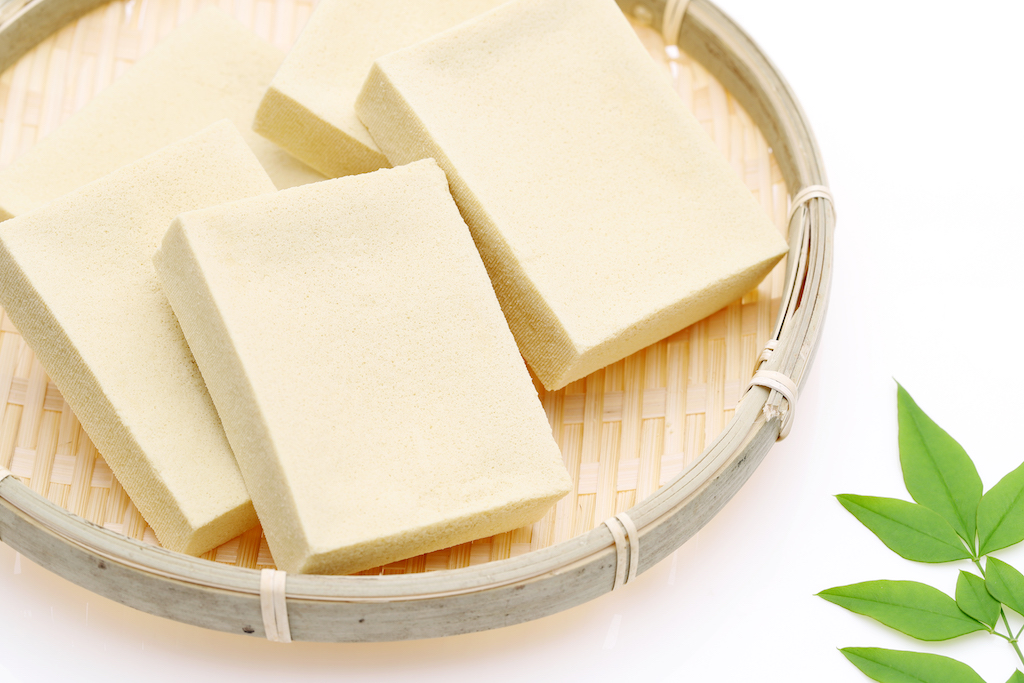
Koya-dofu is a preserved food made by drying tofu after freezing and aging it at low temperature. Specifically, tofu is exposed to the cold at night for several days in the shade, dehydrated, and fire-dried to finish.
Since it’s dried well, it’s light and spongy.
Basically, it’s made of firm tofu (momen-tofu), but there is the one made of silken tofu (kinugoshi-tofu) in some cases. Each has a different texture: koya-dofu made of firm tofu has spongy texture, while koya-dofu made of silken tofu has the texture just like yuba.
When eating, rehydrate them with water before starting cooking. As with atsu-age and ganmodoki, it’s often eaten after putting it in a simmered dish and adding a good taste of broth.
What Is Koyadofu and How Is It Used?
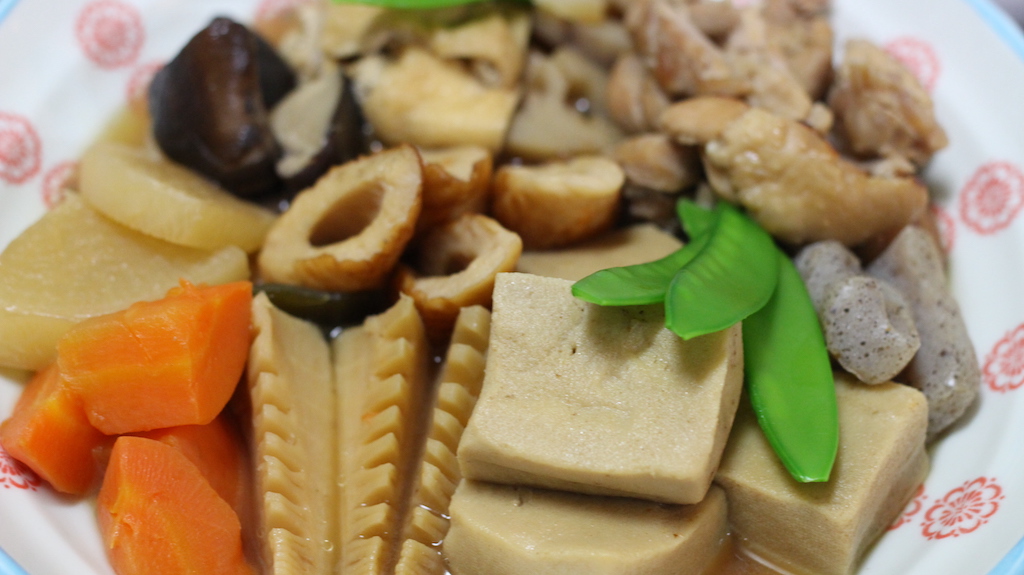
By the way, although it has high storage stability due to dry food, the fat content will oxidize and the quality will deteriorate if the storage period is long. I would say the maximum period of eating without spoiling the taste is about 6 months.
Conclusion
How was the 5 kinds of tofu?
Each one has unique taste and texture, and I hope you can try delicious dishes by comparing different types of tofu someday!
Actually, there are so many nutritious soybean products in Japan besides tofu.
Please check below to see details of them!
Top 21 Japanese Soybean Products

